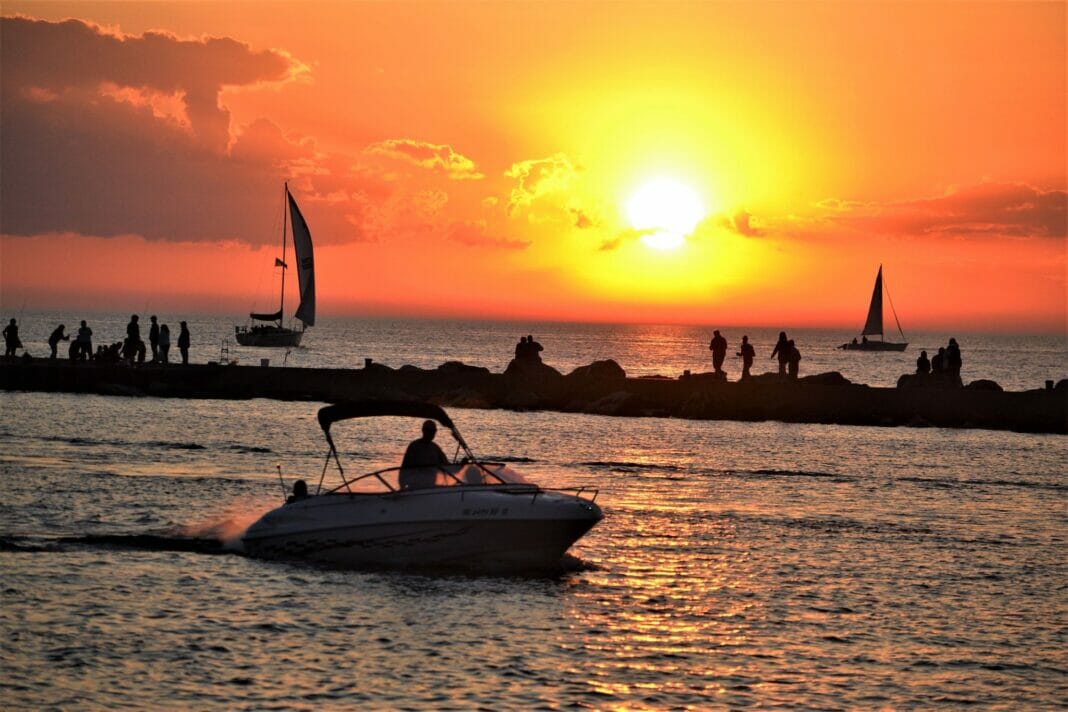Anchoring at night can seem like an intimidating task, as there are more variables and potential hazards due to low visibility. However, it is an essential skill for boaters and sailors on overnight voyages. By following key safety guidelines, you can ensure a safe and effective night anchoring experience, regardless of the challenges brought on by darkness. We will guide you through the process with top tips and best practices.
Preparation and Planning
1. Consult local charts and guides
Knowing where to anchor during the night begins with examining local charts and guides. This will give you an idea of the anchoring options available in the area, as well as any hazards, depths or local regulations that need to be considered. If possible, visit the chosen anchorage during daylight to prepare.
2. Observe weather conditions and forecasts
Weather is a crucial factor when anchoring overnight. Be aware of current and forecasted conditions, including wind speed and direction, tides, and any potential storm activity. Choose an anchorage that offers adequate shelter and holding ground.
3. Prepare your anchor and ground tackle
Ensure your anchor, chain or rode, and all connections are in good condition prior to setting sail. Having a properly sized anchor and ground tackle for your vessel is crucial for secure anchoring.
4. Have a contingency plan
Plan a secondary nearby anchorage as a backup option in case conditions change during the night or if the chosen location proves unfavorable. This will reduce stress and ensure a safe alternative is readily available.
Anchoring Procedures
5. Approach with caution
Due to low visibility, it’s vital to approach the anchorage area slowly and cautiously. Use your navigation tools and radar to aid in locating the anchorage, and be on the lookout for potential hazards.
6. Use appropriate lighting
Having the appropriate lighting is essential for anchoring at night. Use an all-round white light, which is required by law when anchored in most countries, for visibility to other vessels. Additionally, illuminating the deck with a spotlight will assist in the initial anchor drop and any subsequent adjustments.
7. Drop anchor at the appropriate depth
Ensure you are in a safe depth before dropping the anchor. A general guideline is to have a minimum of 3 times the depth of water in scope, i.e. the length of the chain or rode let out. However, this may vary based on weather conditions and the type of anchor being used. Slowly lower the anchor, allowing it to touch the bottom and settle, which encourages proper setting.
8. Set the anchor securely
Back down on the anchor with your boat in reverse and gradually increase the tension on the rode to ensure the anchor digs in securely. The boat should come to a stop and hold its position when the anchor is set. Monitor your position using your GPS, and consider setting an anchor watch alarm as an added precaution.
9. Adjust the snubber
Attach a snubber or bridle to the anchor chain or rode to absorb shock loads and reduce strain on the windlass. This is especially important during windy or rough conditions.
Maintaining a Safe Anchor Watch
10. Conduct regular checks
Regularly check your GPS, radar, and anchor watch alarms to ensure your vessel has not dragged anchor or moved from its set position. If you detect any movement, it may be necessary to adjust the anchor or seek an alternative anchorage.
11. Monitor changing conditions
Keep an eye on weather conditions and tidal changes throughout the night. If conditions drastically change, it’s essential to reassess your anchorage and determine if it’s still safe or if it’s necessary to move.
12. Observe the behavior of neighboring boats
It’s important to maintain situational awareness of other boats anchored nearby. In the event that their anchor drags, you may need to take evasive action or communicate with the other vessel’s crew to resolve any potential conflicts.
Anchoring overnight can be a rewarding and enjoyable experience, offering a chance to relax and take in the beauty of the night sky. By following these top tips for safe and effective night anchoring practices, you can confidently and securely drop anchor, sleep soundly, and awake refreshed, ready for your next adventure.


